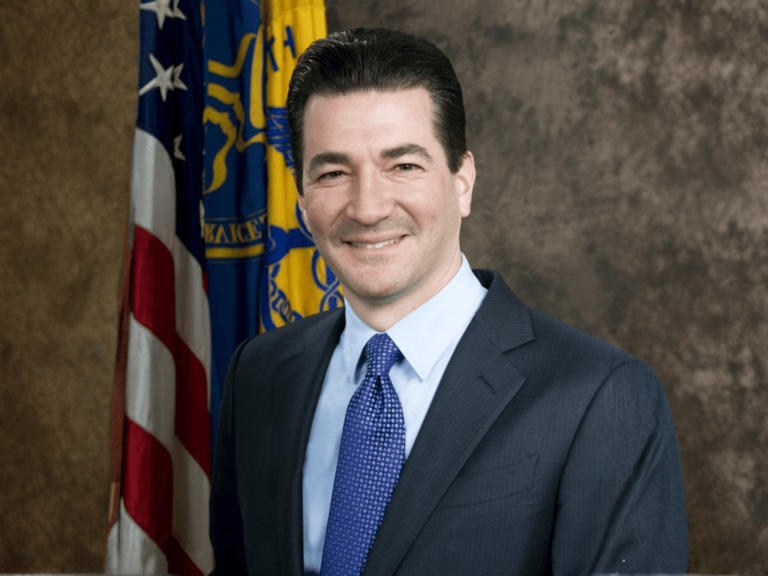THE AMERICAN SOCIETY FOR RADIATION ONCOLOGY named 10 members as ASTRO Fellows, in the 10th year that the designation has been awarded. The 2016 class will be recognized at an awards ceremony during ASTRO’s annual meeting Sept. 25-28, in Boston. Fellows have been an active or emeritus member of ASTRO for at least 15 years,...
To access this subscriber-only content please log in or subscribe.
If your institution has a site license, log in with IP-login or register for a sponsored account.*
*Not all site licenses are enrolled in sponsored accounts.
Login Subscribe
If your institution has a site license, log in with IP-login or register for a sponsored account.*
*Not all site licenses are enrolled in sponsored accounts.
Login Subscribe











